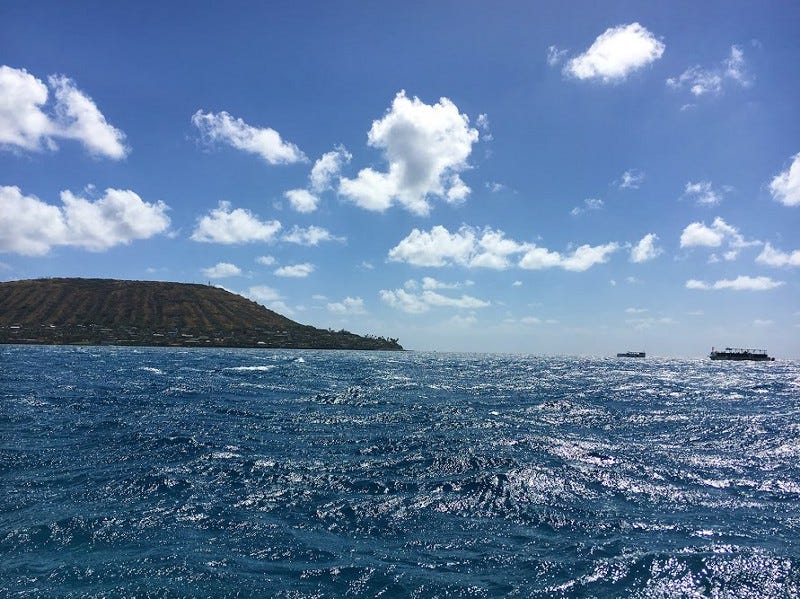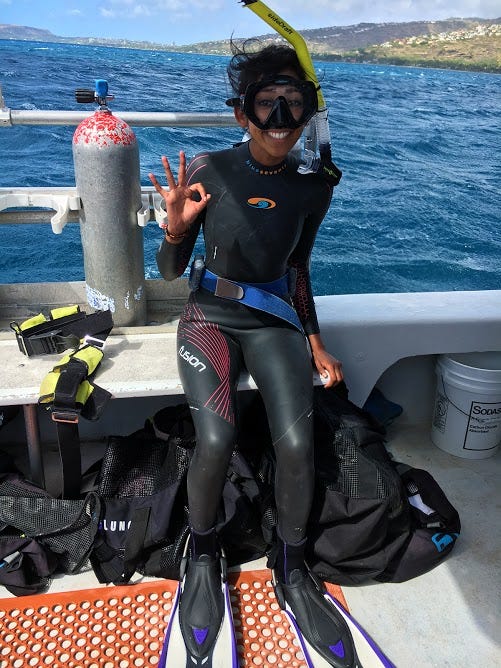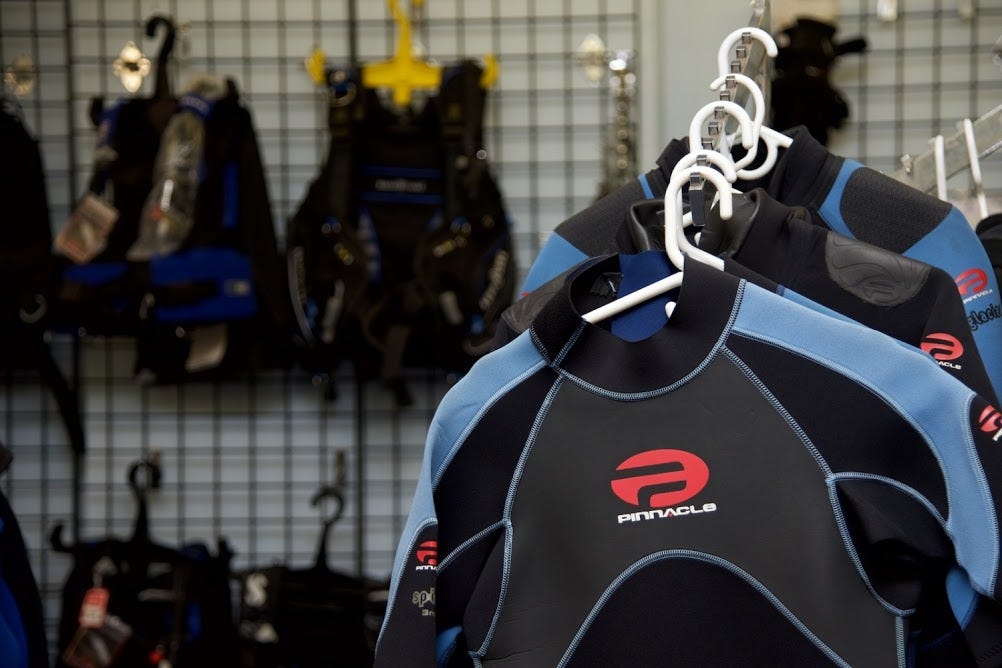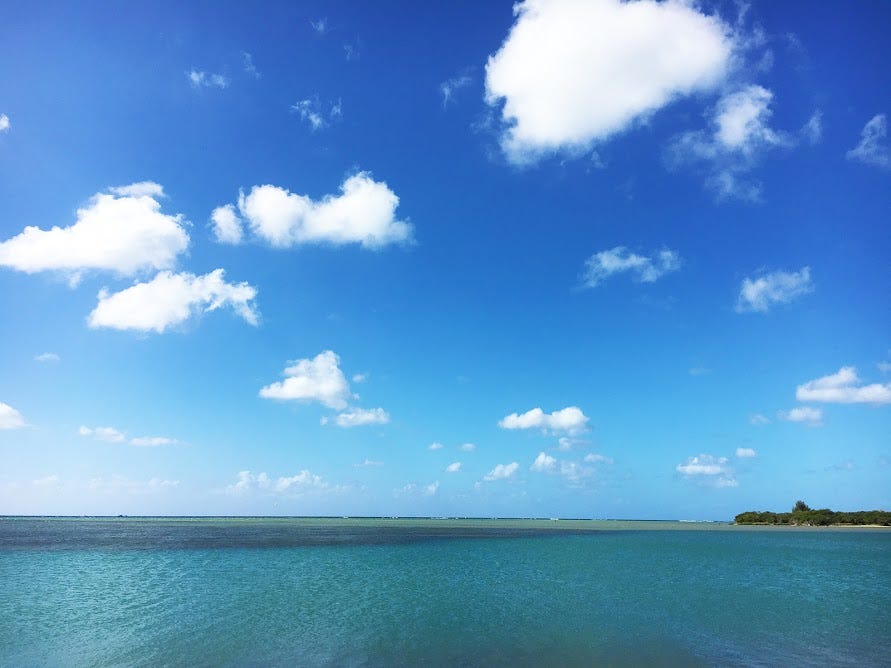By Shikha Kaiwar

For a place with three beaches, 15 aquatic-themed neighborhoods (16 if you count Treasure Island) and a nautical nickname — “City by the Bay” — San Francisco is all about the Pacific. Despite that, most San Franciscans rarely go into the water.
This makes sense. On a good day during an Indian summer, the bay is a lukewarm 61 degrees; on almost every other day, it’s a brisk 55, and that’s only on the surface. San Francisco already contains tons of hiking trails, biking paths and fog, so why scuba-dive into the depths of something we know will only lead to cold and awkward suction marks on your face?
The answer: because it’s awesome.
There is nothing you can do on land that’s comparable to the experience of scuba diving. Yes, the equipment and classes are expensive, and yes, it can get cold, but those are minor details compared to the thrill of exploring a world that’s been around way longer than we have. Like all sports, diving requires an initial investment, but the certification lasts for the rest of your life. It also costs about the same as the latest iPhone, which doesn’t last nearly as long.
So if you, like me, have always secretly hoped that the characters from Finding Nemo were really hanging out in the Pacific, then get your fins, mask and wetsuit ready, because by the end of this guide (and a few classes later), you’ll be a certified diver.
The first step, of course, is signing up. In the Bay Area, there are a couple of options to choose from, including Harbor Dive Center and Bamboo Reef. Some of these schools have been around for a long time: Bamboo Reef opened 50 years ago, back in the days before diving was cool (or safe). There are a variety of scuba certifications, but for diving noobs, the starting point is SSI or PADI open-water training. (SSI and PADI are the two global diving organizations; the trainings are nearly identical and recognized everywhere.)

After signing up, the next step is picking out the gear that’s best for you (read: awesome colors and matching fins). Be wary of price gouging, as you’ll want to focus on gear that has utility rather than upsell potential. Although you’re investing a decent amount of dollars, it’s good to feel assured that your gear will last you for at least 20 years, granted you don’t get bitten by a shark or something.

In your certification class, you’ll learn essential underwater skills for emergency situations, how to handle equipment and, if you’re lucky, a variety of nautical puns. Through repetition and pool practice, you’ll get better and more comfortable with scuba diving. The entirety of the training spans a few evening sessions spread over two weeks. For busy commuters, it amounts to two full weekend days. That’s it!
Almost. Don’t forget that these are classes, which means there will be homework. But unlike the cramming you did for your Indian art history college elective, doing your diving homework can save your life. You’ll also need to pass the assignments in order to complete your certification, so it’s best to get to it.
After completing the pool training, your scuba school will take you to Monterey for the final frontier — open-water diving! It’s here that you’ll put your skills to the test. And if you thought you looked stylish in your diving gear before your first real dive, get ready, because in Monterey, you’ll be rocking gloves, a hood, booties and wool socks for the complete Scuba Steve/Stephanie look. It will be cold, but four dives and copious amounts of hot chocolate later, you’ll receive a handy completion card and be officially certified.
Using your card and your fashionable gear, you’ll be able to dive all over the world. The more dives you complete (and log in your dive book), the higher the ranking you can achieve. Twelve dives and an additional class later, and you’ll be a specialty diver; fifty dives in, and you’ll qualify as a master diver.
Ultimately, being a scuba diver is a lot like being a Pokémon master. You get to see creatures you previously saw only on Planet Earth, meet people with crazy stories and talk through a breathing apparatus that makes you sound like Darth Vader for extended periods of time. It’s an exciting, fulfilling investment that lasts a lifetime.
Before you tackle the rest of the world, there are tons of spots in California to get your scuba on.

The following are some accessible places to begin your adventure:
Monterey
Monterey is an ideal spot for novice divers to get acquainted with Pacific waters. Check out the signature kelp forests and explore Carmel Pinnacles and Lovers Point.
Channel Islands
Stretching from Santa Barbara to LA, this chain of islands is a very popular dive spot. Start at Anacapa to see kelp bass and other large fish; just make sure you’re following the rules, as the place is a designated protected marine area.
Catalina Island
Santa Catalina, situated at the southern end of the Channel Islands, contains multiple dive spots that make for a solid weekend trip. The waves are minimal and the water warm, especially at peak season in September. Casino Point is basically a dive town and has many resources to help you make the most of your experience.
Hawaii
No matter what island you’re on, it’s a great opportunity to check out a unique underwater scene that you won’t find on the US mainland. In fact, a quarter of the species you’ll encounter can’t be found anywhere else in the world!







